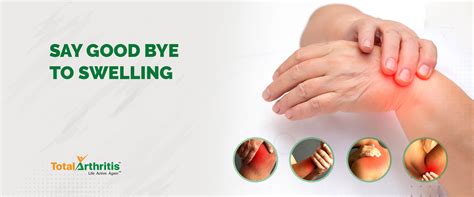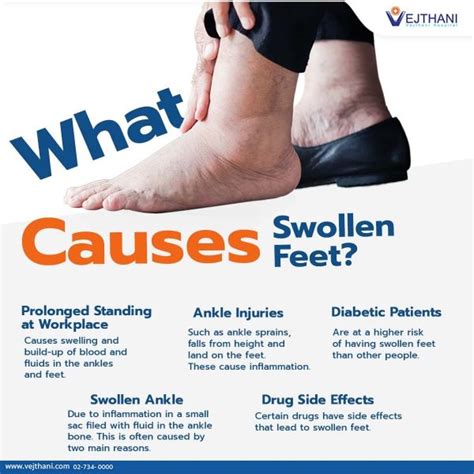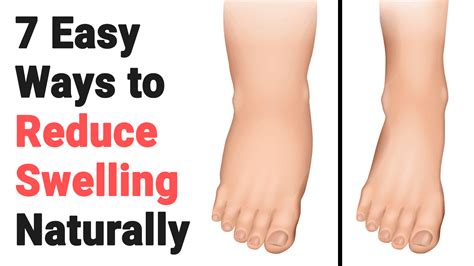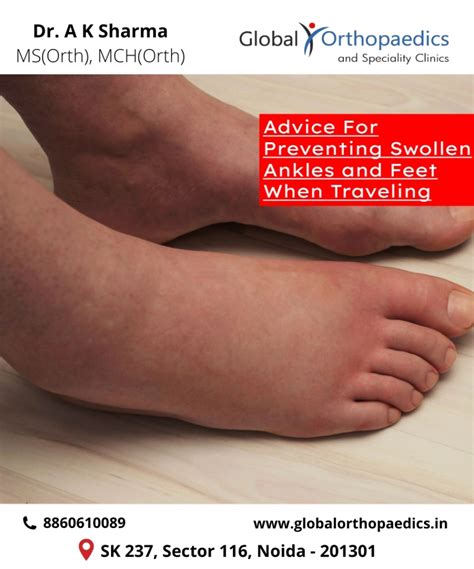Intro
Reduce swelling naturally with 5 effective methods, alleviating inflammation, easing pain, and promoting healing through compression, elevation, and cold therapy techniques.
Reducing swelling is a common concern for many individuals, whether it's due to an injury, surgery, or a medical condition. Swelling can be uncomfortable, painful, and even affect daily activities. Fortunately, there are several ways to reduce swelling, and understanding the causes and symptoms is essential to finding the right treatment. In this article, we will explore the importance of reducing swelling, its causes and symptoms, and provide practical tips on how to alleviate it.
Swelling, also known as edema, occurs when excess fluid accumulates in the body's tissues, causing them to become swollen. This can be caused by a variety of factors, including injuries, infections, poor circulation, and certain medical conditions. Reducing swelling is crucial to promote healing, alleviate pain, and prevent further complications. If left untreated, swelling can lead to chronic conditions, such as lymphedema, which can significantly impact quality of life.
The symptoms of swelling can vary depending on the underlying cause, but common signs include pain, redness, warmth, and limited mobility. In some cases, swelling can also lead to numbness, tingling, or weakness in the affected area. It's essential to seek medical attention if swelling persists, worsens, or is accompanied by other concerning symptoms. A healthcare professional can diagnose the underlying cause and recommend appropriate treatment.
Understanding Swelling

Causes of Swelling

Types of Swelling
Swelling can be classified into different types, depending on the underlying cause and location. Some common types of swelling include: * Edema: a general term for swelling caused by excess fluid accumulation in the tissues * Lymphedema: a type of chronic swelling that occurs when the lymphatic system is damaged or blocked * Angioedema: a type of swelling that occurs deep within the skin, often caused by allergic reactionsTreatments for Swelling

Home Remedies for Swelling
In addition to medical treatments, there are several home remedies that can help reduce swelling. Some of these include: * Applying cold compresses or ice packs to reduce pain and inflammation * Elevating the affected area above the level of the heart * Using compression bandages or stockings to reduce fluid accumulation * Avoiding salty foods and staying hydrated to reduce fluid retention * Getting regular exercise to improve circulation and reduce swelling5 Ways to Reduce Swelling

Benefits of Reducing Swelling
Reducing swelling can have numerous benefits, including: * Alleviating pain and discomfort * Promoting healing and reducing the risk of complications * Improving mobility and range of motion * Reducing the risk of chronic conditions, such as lymphedema * Enhancing overall quality of lifePreventing Swelling

Risks and Complications of Swelling
If left untreated, swelling can lead to several risks and complications, including: * Chronic conditions, such as lymphedema * Infections, such as cellulitis or abscesses * Poor wound healing * Limited mobility and range of motion * Increased risk of falls and injuriesWhat are the common causes of swelling?
+Common causes of swelling include injuries, infections, poor circulation, and certain medical conditions, such as heart failure, kidney disease, or liver disease.
How can I reduce swelling at home?
+To reduce swelling at home, try applying cold compresses, elevating the affected area, and using compression bandages. Stay hydrated, avoid salty foods, and get regular exercise to improve circulation.
What are the benefits of reducing swelling?
+Reducing swelling can alleviate pain and discomfort, promote healing, improve mobility, and reduce the risk of chronic conditions. It can also enhance overall quality of life.
Can swelling be prevented?
+Yes, swelling can be prevented by wearing comfortable shoes, avoiding standing for long periods, staying hydrated, and getting regular exercise. Avoid crossing your legs or ankles, and avoid smoking, which can damage blood vessels and reduce circulation.
What are the risks and complications of swelling?
+If left untreated, swelling can lead to chronic conditions, such as lymphedema, infections, poor wound healing, limited mobility, and increased risk of falls and injuries.
In conclusion, reducing swelling is essential to promote healing, alleviate pain, and prevent further complications. By understanding the causes and symptoms of swelling, and using the 5 ways to reduce swelling outlined in this article, individuals can take proactive steps to manage swelling and improve their overall quality of life. Remember to stay hydrated, elevate the affected area, apply cold compresses, use compression bandages, and get regular exercise to reduce swelling. If you have any further questions or concerns, please don't hesitate to comment below or share this article with others who may benefit from it.
